Although online games have achieved great heights of success in recent years, few people realize how long the genre had existed prior to this explosion of popularity. Often labeled MMORPGs, or "Massively Multiplayer Online Role-Playing Games", these online worlds have been around for nearly as long as the Internet itself. The purpose of this article is to explore the fascinating evolution of online games, from the dawn of their invention all the way up to the massive 3D landscapes of modern times.
The roots of online gaming can be traced to BBS, or "bulletin board system". These early versions of our modern forums were used to host all manner of discussions, or in the case of this article, to provide a central location for a group of online role-players. Games hosted on BBS often required that players adopt the guise of a character they'd created. During the course of various board postings, characters would interact back and forth, gradually developing the otherwise undefined storyline. BBS games live on even into the present, though the new generation of online gamers tend to find them too slow for their tastes.
Online gaming took a great leap forward in terms of interactivity with the advent of MUDs, or Multi-User Dungeon or Domain or Dimension (the final word in the acronym varies by opinion). MUDs retained the text-based aspect of BBS games, but added a level of automation that had not previously been known. Players could develop characters with Dungeons and Dragons-like statistics and band together to explore and slay monsters. More importantly, MUDs also allowed for players to interact with each other in real time. Gone were the delays of BBS postings, as players would only have encounters while logged in at the same time.
MUDs reigned supreme in online gaming for years, until the first incarnations of graphical MMORPGs arrived on the scene. These new games boasted primitive graphics which, even so, were appealing as something that had not previously been possible. A fair example of a game produced during this era would be Legends of Kesmai, a now-defunct graphical game wherein players adventured together in a world situated across a vast tile-based map. Interaction in real time was now the norm, rather than the latest thing and the sensations of community and quicker gratification helped these games to slowly overcome the popularity of their text-based predecessors.
The modern popularity of online gaming was initially sparked by EverQuest, the first commercial MMORPG to be set in a fully 3D-rendered environment. The amazing scope and classical fantasy theme of EverQuest launched its ratings beyond those of even Ultima Online, an already popular online game based upon the single-player Ultima titles. EverQuest dominated the online gaming market for years, with monthly subscription fees and numerous expansion packs bringing in unprecedented profits for the game's parent company, Sony Online Entertainment. EverQuest continues to prosper to this day, though it has fallen somewhat behind its competitors in recent years.
EverQuest's basic model can be seen in the majority of current online games. Although different artistic styles are employed, most games utilize the same system of running players through months (or often, years) worth of work, with their characters gradually increasing in power and prestige as a result of their continued efforts in the online world. The first modern MMORPG to diverge from this highly demanding path is said to be World of Warcraft. Set in the universe of the Warcraft games, WoW (as it is called by its players) markets itself to casual gamers by offering them quicker advancement for less time required. World of Warcraft has swiftly become the most popular MMORPG on the market and the first game to dethrone EverQuest from its place at the top of the market.


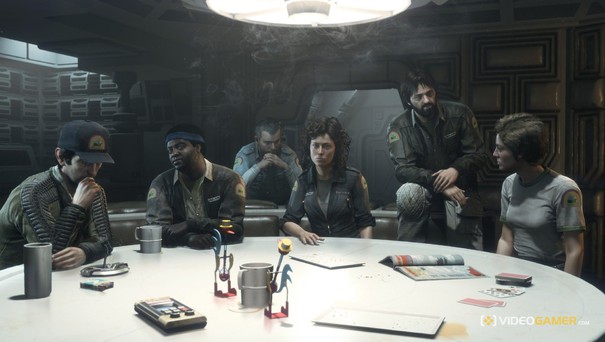
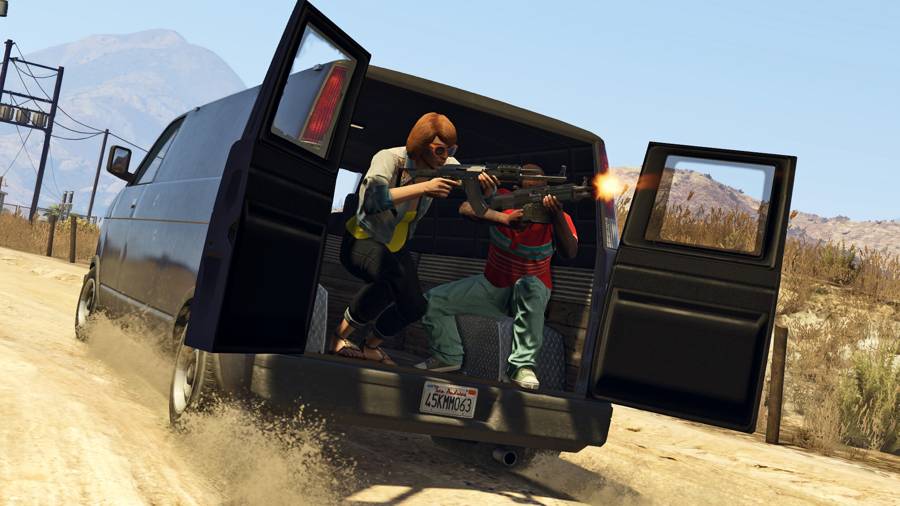

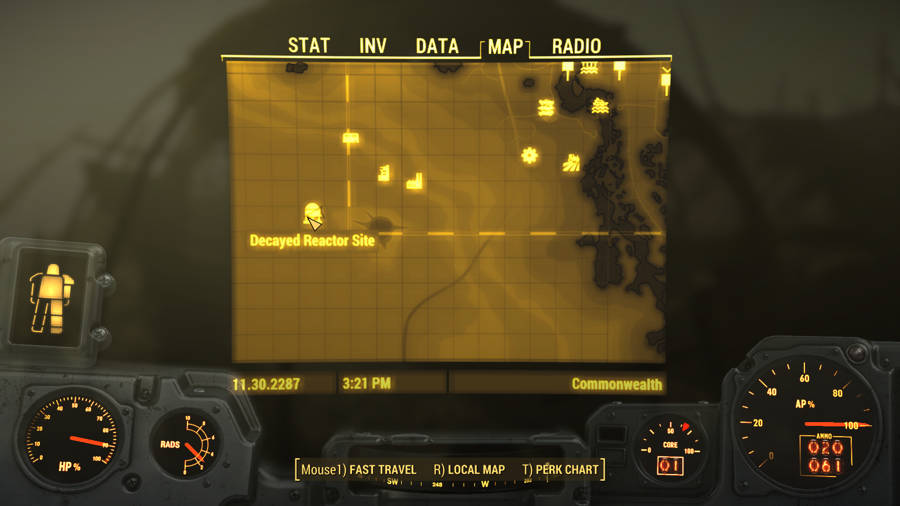
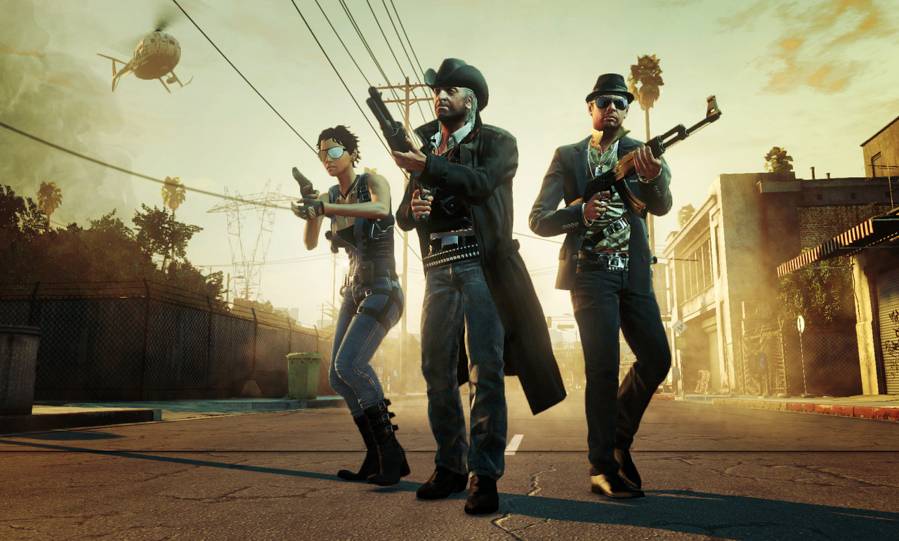 Call Of Juarez The Cartel Special Item Location Chapter 7
Call Of Juarez The Cartel Special Item Location Chapter 7 GTA 5: San Andreas Stories #2
GTA 5: San Andreas Stories #2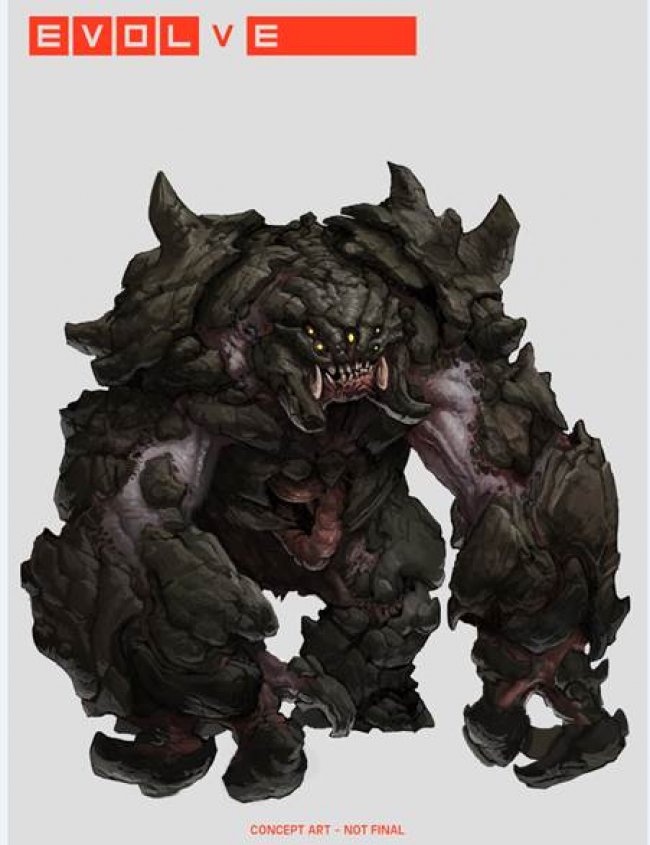 Evolve: Chris Ashton talks Monsters
Evolve: Chris Ashton talks Monsters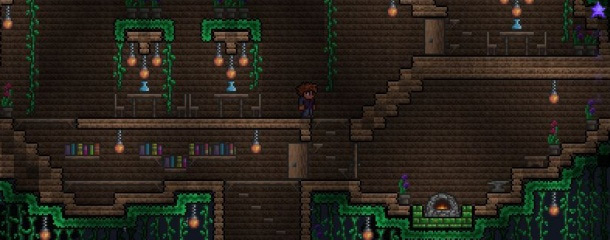 Terraria Crafting Recipes Guide
Terraria Crafting Recipes Guide Watch Dogs 2: The true beginning for the series?
Watch Dogs 2: The true beginning for the series?